What is worse, osteoarthritis or osteoporosis
Posted on February 1, 2024 • 11 minutes • 2282 words
Table of contents
Determining which condition is worse between osteoarthritis and osteoporosis involves delving into the complexities of both diseases, their impact on individuals' health, quality of life, and the broader implications for public health. This comprehensive analysis aims to explore the pathological differences, symptomatic burdens, and societal impacts of osteoarthritis and osteoporosis, shedding light on the nuanced debate of which condition could be deemed “worse.”
Understanding Osteoarthritis and Osteoporosis
Osteoarthritis is a degenerative joint disorder characterized by the breakdown of cartilage, the rubbery material that cushions the ends of bones within joints. This degeneration leads to pain, stiffness, swelling, and reduced mobility in affected joints, most commonly affecting the knees, hips, hands, and spine. The primary symptoms are joint pain and stiffness, especially after periods of rest or physical activity, which can progressively worsen, leading to significant discomfort and functional limitations.
| Heberden’s nodes: arthritis hit hands |
|---|
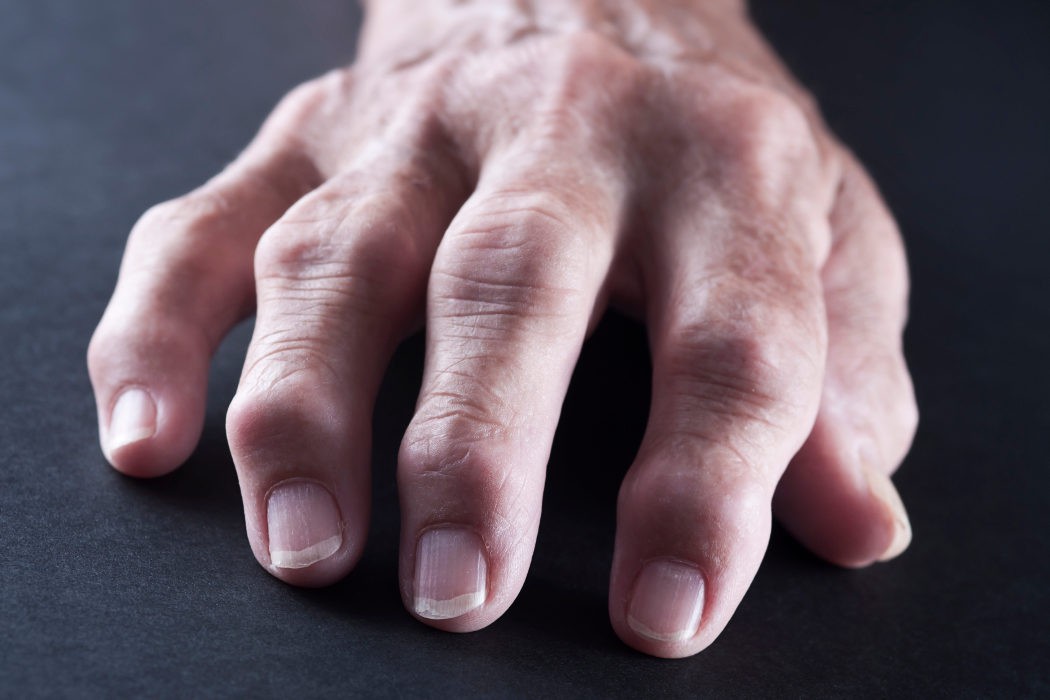 |
| Redness caused by arthritis |
|---|
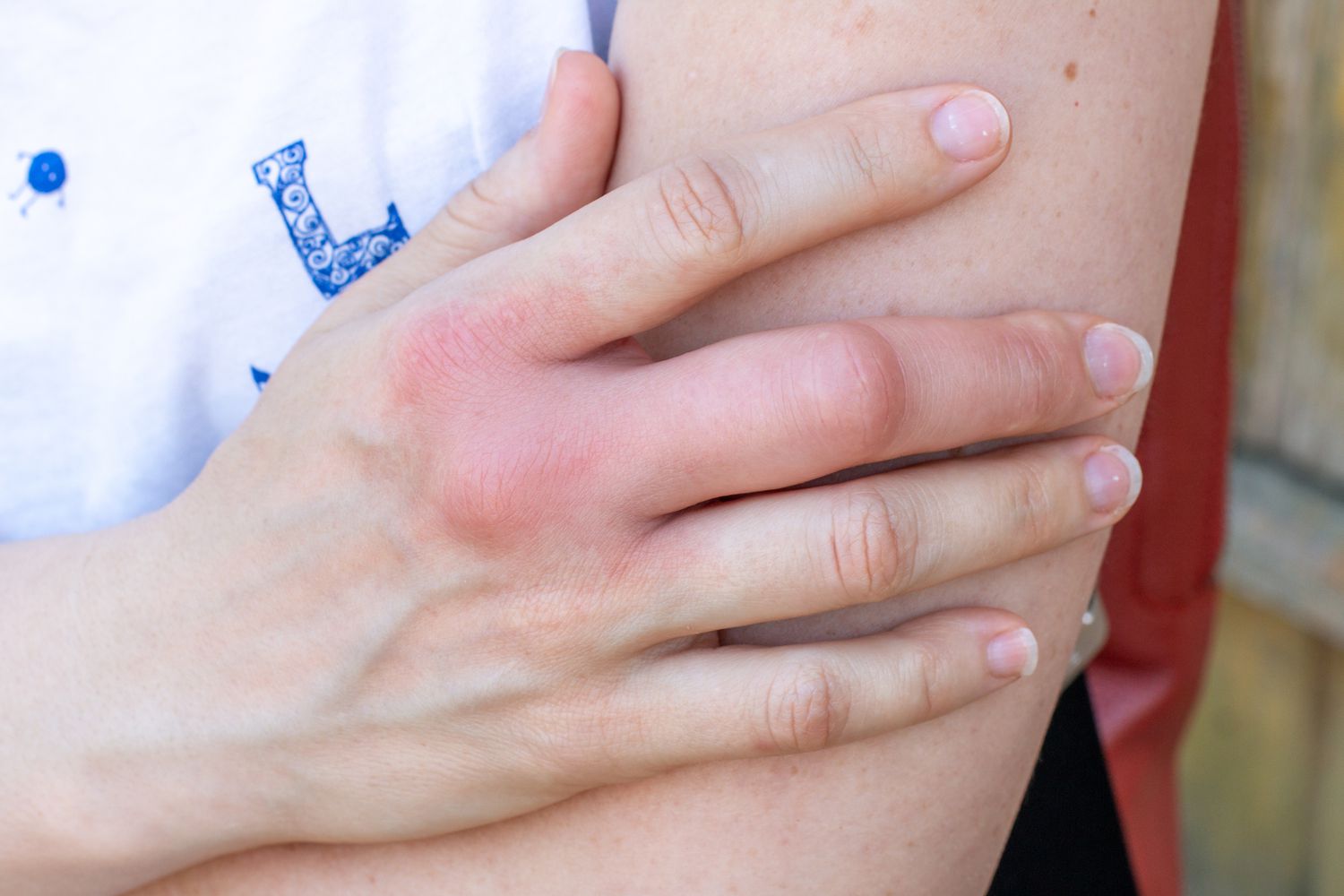 |
Osteoporosis, on the other hand, is a systemic bone disease that reduces bone density and quality, making bones weak and more prone to fractures. It is often asymptomatic until a fracture occurs, typically in the hip, spine, or wrist. These fractures can lead to severe pain, decreased mobility, and a host of complications, including a heightened risk of subsequent fractures and a reduction in quality of life.
| Normal bone and bone at diffeerent stages of osteoporos: note incresing porosity (decreasing density) of the bone from left to right |
|---|
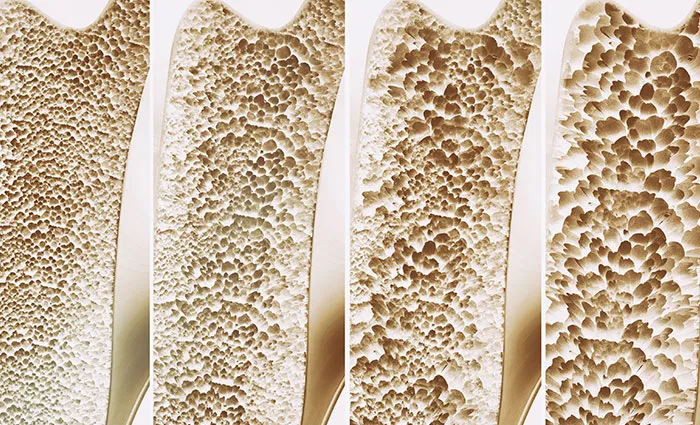 |
| Fracture due to ostheoporosis |
|---|
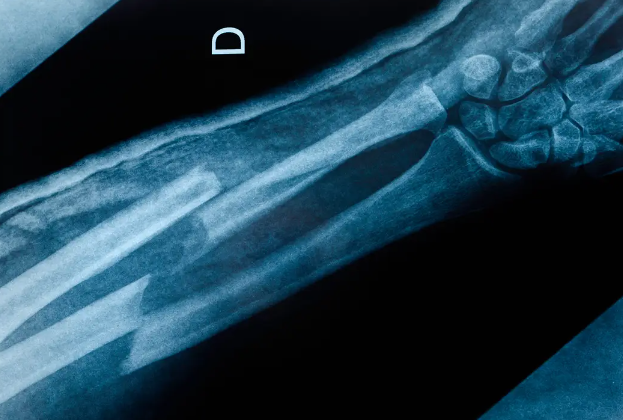 |
Pathophysiological Differences and Similarities
At the core, osteoarthritis and osteoporosis have distinct pathophysiological mechanisms. Osteoarthritis results from mechanical wear-and-tear and biochemical changes within the joint, leading to cartilage degradation. Osteoporosis involves an imbalance in bone remodeling , where bone resorption outpaces bone formation, leading to porous and fragile bones.
| Bone remodelling. Disbalance of bone homeostasis leads to ostoporosis |
|---|
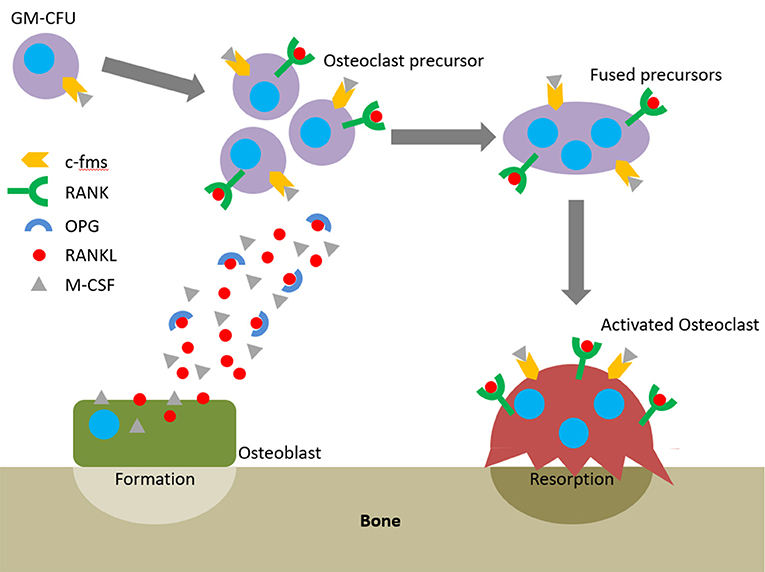 |
Despite their differences, both diseases share common risk factors, such as aging, gender (with women being more susceptible), genetic predisposition, and lifestyle factors like diet and physical activity. Additionally, both conditions can lead to a cyclical decline in physical activity, contributing to a worsening of symptoms and overall health.
Comparative Symptomatic Burdens
The symptomatic burdens of osteoarthritis and osteoporosis differ markedly in their manifestation and impact. Osteoarthritis symptoms are localized to the affected joints and are directly related to joint use or weather changes, while osteoporosis remains largely unnoticed until a fracture occurs.
| Arthritis pain |
|---|
 |
The pain from osteoarthritis is chronic and can be debilitating, leading to a progressive loss of mobility and daily function. Osteoporosis, until a fracture occurs, may not present any symptoms, but post-fracture consequences can be severe, leading to chronic pain, disability, and in cases of vertebral or hip fractures, a significant decrease in life expectancy.
| A fall can result in a hip fracture, which may have severe health implications. |
|---|
 |
The life expectancy
The life expectancy for patients with osteoporosis and osteoarthritis can vary widely based on a range of factors, including the severity of the condition, the age at diagnosis, comorbid conditions, and the effectiveness of the management and treatment strategies employed. Neither condition directly causes death, but both can significantly impact quality of life and may indirectly affect life expectancy due to their complications.
Osteoporosis primarily affects bone density and strength, increasing the risk of fractures, which can lead to severe complications, especially in older adults. Hip fractures, in particular, have a high correlation with increased mortality rates. Studies have shown that elderly individuals suffering from a hip fracture have a significantly higher risk of mortality within the following year compared to their peers without such fractures. However, with proper management, including medication to strengthen bones and lifestyle modifications to prevent falls, many individuals with osteoporosis can live long, productive lives.
Osteoarthritis is the most common form of arthritis and can lead to significant pain and mobility issues. Severe cases might limit physical activity, contributing to obesity, cardiovascular disease, and other health issues that can indirectly affect life expectancy. However, osteoarthritis itself does not directly cause death, and with effective management strategies, including pain management, physical therapy, and in some cases, surgery, individuals can maintain a relatively high quality of life.
Comparing the two, the direct impact on life expectancy may be more pronounced in osteoporosis due to the risk of fractures and their complications, especially in the elderly. However, the indirect effects of osteoarthritis on overall health and well-being, through reduced mobility and potential for other health complications, should not be underestimated.
It’s essential to consider that advancements in medical treatments, increased awareness around prevention, and better management of both conditions have contributed to improving the quality of life and potentially mitigating the impact on life expectancy for patients with either condition. Ultimately, the individual’s health status, access to medical care, and adherence to treatment plans play significant roles in determining the outcome for those with osteoporosis or osteoarthritis.
Quality of Life Impacts
The impact on quality of life is a critical factor in considering which condition might be worse. Individuals with severe osteoarthritis may experience a gradual decline in their quality of life, with persistent pain and mobility restrictions affecting their ability to perform daily activities, work, and engage in social and recreational activities. This can lead to weight gain, depression, and other health issues related to inactivity.
Conversely, the sudden onset of a fracture due to osteoporosis can lead to an acute and significant decline in quality of life. The recovery from a hip fracture, for example, can be lengthy and complicated, with many individuals never regaining their pre-fracture level of mobility or independence. The fear of falling and sustaining additional fractures can also lead to a decrease in activity levels, further exacerbating the risk of osteoporosis-related complications.
Economic and Societal Impacts
Both osteoarthritis and osteoporosis have significant economic implications, including healthcare costs associated with treatment, surgery, and long-term care, as well as indirect costs related to lost productivity and disability.
| Health care is costly |
|---|
 |
Osteoarthritis is a leading cause of disability among older adults, contributing to substantial healthcare expenditures and economic burdens on individuals and healthcare systems. Osteoporosis-related fractures, particularly hip fractures, are associated with high healthcare costs, long-term care needs, and a significant impact on mortality rates, placing a substantial strain on healthcare resources and society.
Prevention, Management, and Treatment Strategies
Effective management and prevention strategies are crucial for both conditions. For osteoarthritis, weight management, physical therapy , pain management, and in some cases, surgical interventions like joint replacement , can alleviate symptoms and improve quality of life. Osteoporosis management focuses on dietary and lifestyle interventions to maintain bone density, medications to slow bone loss or build bone mass, and measures to prevent falls and fractures.
Which Is Worse? A Subjective Determination
Before we attempt to answer the question, “Which is worse: osteoarthritis or osteoporosis?”, let’s examine the responses from patients suffering from osteoarthritis and osteoporosis to gain insight into what it’s like to live with these conditions.
The data were collected from the National Health and Nutrition Examination Survey (NHANES) .
Osteoarthritis
-
John, 65, Retired Construction Worker
- John describes his osteoarthritis pain as a constant, dull ache in his knees that sharpens with every step he takes. Since his diagnosis, he’s had to give up woodworking, a hobby he enjoyed in retirement, because standing for long periods has become too painful.
-
Maria, 58, Elementary School Teacher
- Maria likens her osteoarthritis pain to the sensation of her joints being squeezed in a vice, particularly her hands and fingers. This has significantly impacted her teaching, as writing on the board and using classroom tools have become increasingly difficult tasks.
-
Susan, 70, Retired Nurse
- Susan describes her pain as a relentless throbbing in her hips, worsening with movement and changing weather. Her active lifestyle has dramatically changed; she now uses a walker for mobility and has stopped her beloved daily walks in the park.
-
David, 62, Former Chef
- David experiences his osteoarthritis pain as a searing, stabbing sensation in his shoulders and elbows, exacerbated by years of repetitive motions in the kitchen. Cooking, once his passion and profession, is now a rare and painful activity.
-
Linda, 55, Office Manager
- Linda’s osteoarthritis manifests as a stiff, grating pain in her knees, making it difficult to sit or stand from her desk without discomfort. She’s had to modify her work environment with ergonomic supports and takes frequent breaks to manage her pain.
-
Michael, 60, Retired Military Officer
- Michael describes his osteoarthritis pain as an intense burning sensation in his spine, limiting his physical activity and forcing him to give up golf, a sport he loved and played regularly after retirement.
-
Emma, 53, Professional Gardener
- Emma feels her osteoarthritis as a sharp, biting pain in her wrists and fingers, which has significantly impacted her ability to garden, a job and joy now marred by the condition. She’s had to hire help for tasks that were once routine, altering her relationship with her profession.
-
Robert, 67, Former Truck Driver
- Robert experiences his osteoarthritis pain as a deep, bone-grinding sensation in his knees and hips, a result of long hours on the road. He’s had to give up driving entirely, relying on public transportation and family for mobility, which has been a significant lifestyle change.
-
Patricia, 59, High School Principal
- Patricia describes her osteoarthritis pain as an unyielding stiffness in her hands and knees, affecting her mobility and ability to engage actively with students and staff. Her condition has necessitated a more sedentary approach to her once dynamic role.
-
Henry, 64, Retired Banker
- Henry likens his osteoarthritis pain to being encased in a tight, restrictive glove, particularly in his fingers, severely impacting his ability to engage in hobbies like painting and model building, which once filled his retirement days with joy and purpose.
Osthepoprosis
-
Alice, 72, Retired Librarian
- Alice describes her experience with osteoporosis as living with a silent threat; she only became aware of her condition after a minor fall resulted in a fractured wrist. Since then, she’s become more cautious in her movements, giving up her daily walks for fear of further injury.
-
Brian, 68, Former Architect
- Brian likens the impact of osteoporosis on his life to losing his independence bit by bit. After suffering a vertebral fracture from a simple bending action, he’s had to modify his home for safety and relies on assistance for tasks he once did effortlessly.
-
Carol, 65, Retired Teacher
- Carol didn’t realize she had osteoporosis until she fractured her hip. The recovery process was long and arduous, significantly impacting her mobility and independence. She now attends regular physiotherapy sessions and has had to forego travel plans, a retirement dream.
-
Derek, 70, Former Gardener
- Derek found out about his osteoporosis after a routine bone density test. The fear of fractures has significantly altered his lifestyle; he’s given up gardening, a lifelong passion, to avoid the bending and lifting that could lead to injury.
-
Evelyn, 59, Professional Chef
- Evelyn’s osteoporosis diagnosis came as a shock after she broke her ankle from a simple slip in the kitchen. Now, she wears protective gear and has made significant ergonomic adjustments to her workspace to minimize the risk of falls.
-
Frank, 63, Retired Police Officer
- Frank describes the realization of his osteoporosis as a wake-up call to his vulnerability. After a minor fall resulted in a rib fracture, he’s had to adjust to a more sedentary lifestyle, giving up his hobby of building and flying model airplanes due to the physical demands.
-
Gloria, 67, Retired Sales Manager
- Gloria’s osteoporosis was discovered after she noticed a decrease in her height and developed a stooped posture. This has led to back pain and a decrease in her social activities, as she now feels self-conscious about her appearance and fears further injury.
-
Harold, 71, Former Carpenter
- Harold experienced a sudden back pain that led to the discovery of multiple vertebral fractures due to osteoporosis. He’s had to give up carpentry, a passion and pastime, and now focuses on low-impact exercises to maintain his bone health without risking fractures.
-
Irene, 60, Retired Accountant
- Irene found out she had osteoporosis during a health screening. The diagnosis has forced her to give up jogging, a lifelong habit, for fear of fractures. She now focuses on swimming and yoga, which are safer for her bones.
-
Jeff, 75, Retired Engineer
- Jeff describes his osteoporosis as an invisible burden that became real after he broke his collarbone from a simple fall. This incident has significantly altered his lifestyle; he’s installed handrails throughout his home and has given up cycling, a hobby he once loved, to reduce the risk of falls.
Determining which condition is worse is inherently subjective and depends on individual experiences, the severity of the condition, and the impact on quality of life. For some, the chronic pain and functional limitations of osteoarthritis may represent a greater burden, affecting daily life and well-being. For others, the acute consequences of an osteoporosis-related fracture, with its potential for immediate and severe impact on mobility and independence, may be deemed worse.
Both osteoarthritis and osteoporosis represent significant public health challenges, with profound implications for affected individuals and society. The “worse” condition may ultimately be the one that affects an individual’s ability to lead a fulfilling and active life. However, the focus should ideally be on prevention, early detection, and effective management to minimize the impact of both diseases on individuals' health and quality of life.
We can conclude, while it is challenging to definitively state whether osteoarthritis or osteoporosis is worse, understanding the complexities, impacts, and management strategies associated with each condition can help in addressing the needs of affected individuals. Both conditions underscore the importance of proactive health management, research for better treatments, and public health strategies to mitigate their impact on individuals and societies globally.
Share
Tags
Counters

